DAVID TROTTER
Historical Farmer – Slate Run Living Historical Farm
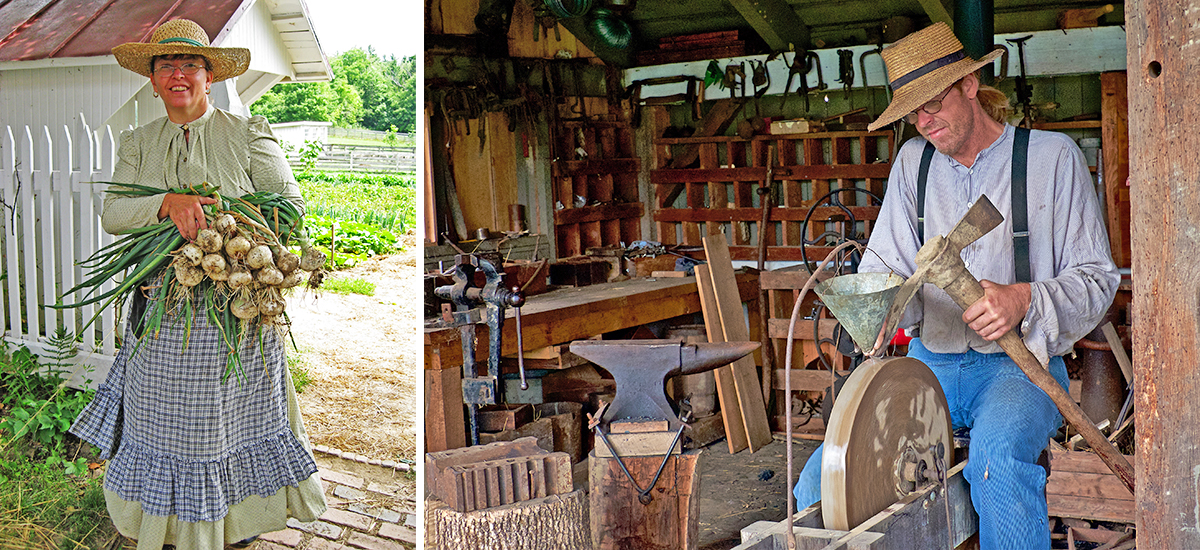
It is a unique place in Metro Parks where the “uniform” has not changed a bit for 43 years. Suspenders, aprons, straw hats and well-patched clothes are always in fashion. Yup, you guessed it, Slate Run Living Historical Farm. The costumes may stay the same but the people come and go, and after 35 years of being the Farm’s Program Manager, Ann Culek is headed “out to pasture” to enjoy retirement.
With the goal of creating an interpretive center focused on the cultural heritage and land use of a rapidly disappearing part of central Ohio’s past —the family farm— the doors of Slate Run Living Historical Farm opened to the public in 1981.The original barn and house set the time to be the 1880s.
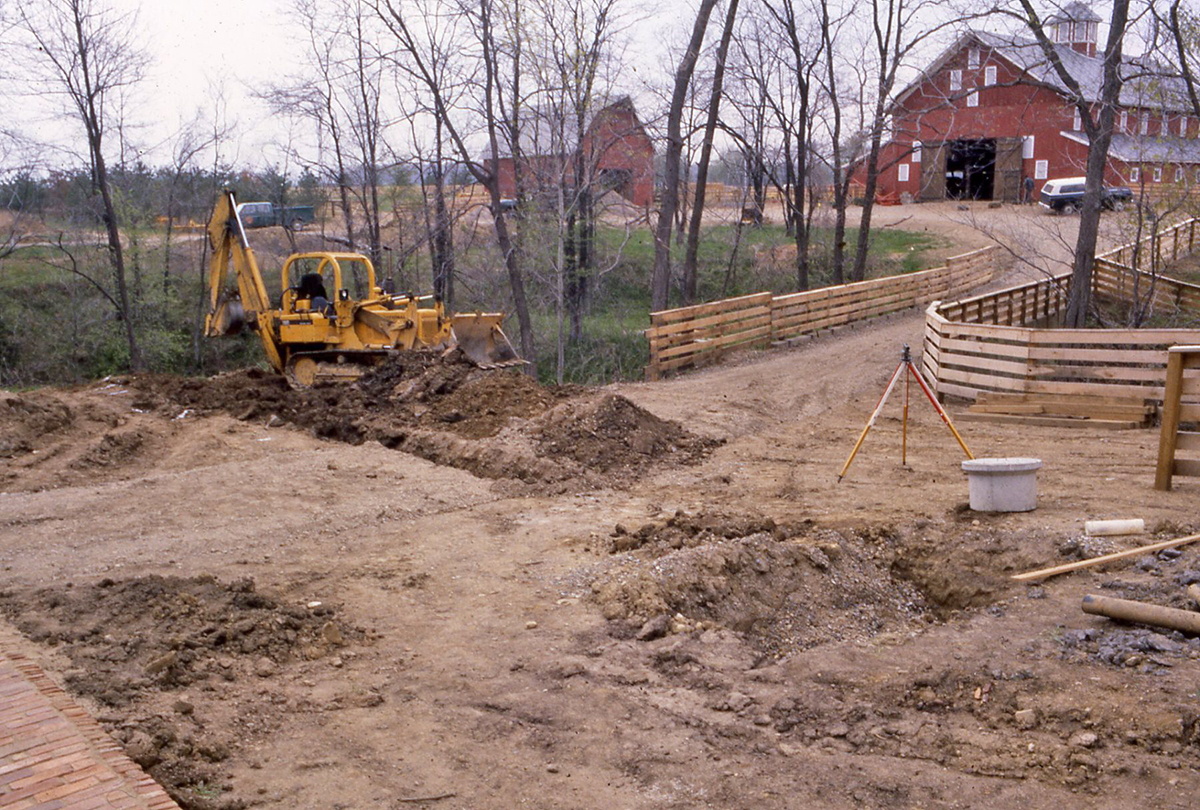
Many years of restoring the buildings and recreating the features of an 1880s farm preceded the public opening. As with any new park, after the initial construction there were still many elements to add. The staff and volunteers gathered the information to direct these efforts. At the time, these records were scattered among various historical societies and libraries with no central database or index, so the task of researching took patience and diligence.
Gradually, bare ground filled in, fences were built, fields and gardens were cleared, seeds sprouted, eggs hatched, and farm life of the 1880s was renewed. Horses, cows, sheep, pigs, chickens, turkeys, and visitors followed. Caring for the animals and interpreting the farm originally fell to only a few staff members and a cadre of dedicated volunteers.
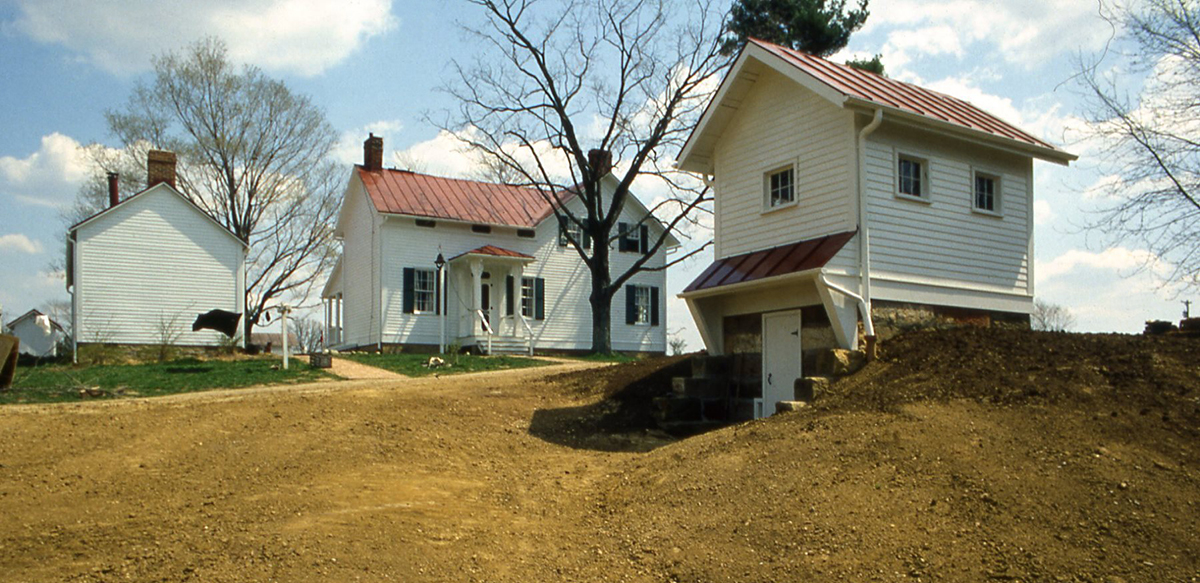
However, because the operation of a farm in the 1880s relied so heavily on horse-power, or more often person-power, more help was always needed. With a hands-on approach planned from the beginning, the visitors, at least for the time they are here, become part of that farm family. They help plant, hoe, weed the garden, pick pumpkins and shell corn, pump water, gather eggs, and thresh wheat when safely able to do so. Hands-on immersion history for staff, volunteers and visitors is a key element of the interpretation. Visitors take home memories of touch, smells, sounds and motions. When they are helping, they experience how life was different in the 1880s and sometimes those small actions make a large impact.
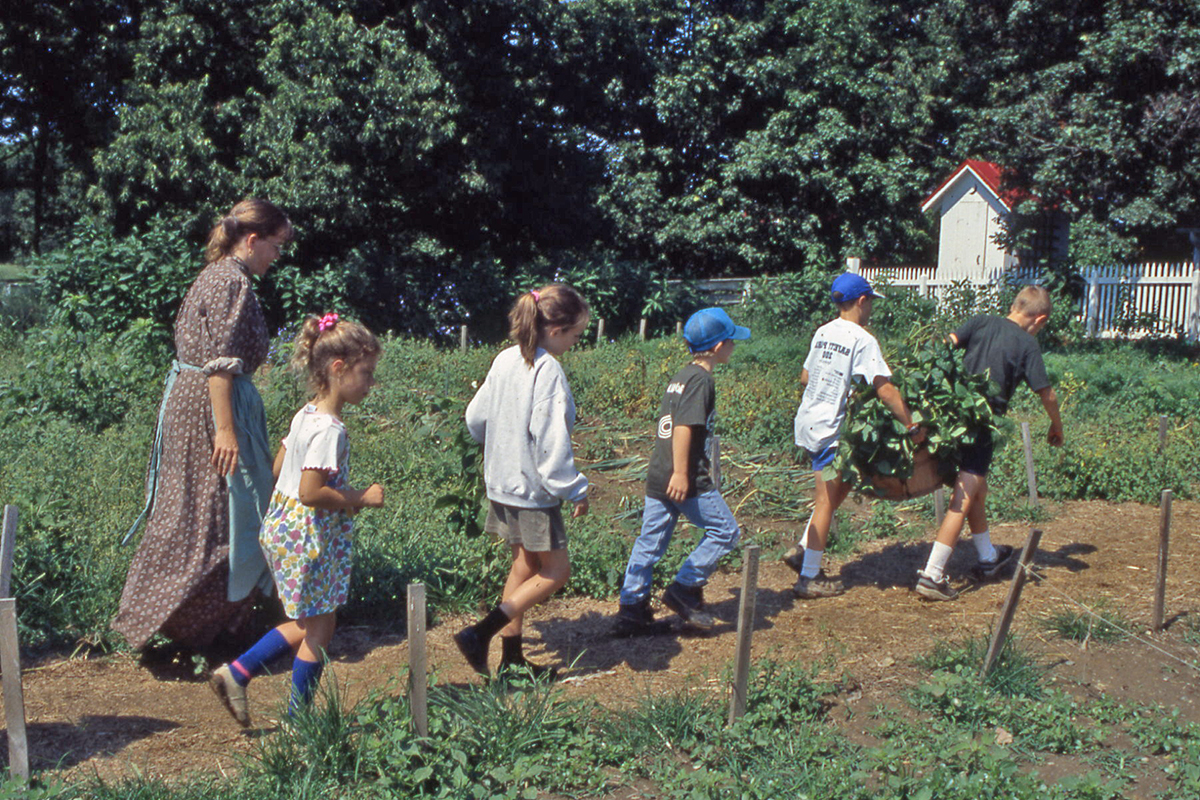
In 1989, Ann Culek, with a Master’s degree in History Museum Studies and two years experience at an 1870s living history farm in Maine, was hired as the farm’s program manager. When she arrived she was one of the two full-time staffers, two part-timers, two interns and numerous dedicated volunteers. Bringing with her a passion for learning about history and sharing that history with others, she also knew how to milk a cow and tote water buckets, important when sharing chores every other weekend with the then farmer and now recently retired Mike Huels.
Consequently, there were more trips to historical societies and rolls of microfiche were viewed. Through the years information was gathered and the knowledge applied to programming, bringing garden seeds, crops and animals, as well as costumes and foodways a little closer to an 1880s experience for Metro Parks visitors. The arrival of the computer and the internet to the 1880s farm had a large impact on the amount of information and acquisition of items to support Farm programming. At first through EBay, 1880s books and magazines on agriculture as well as items for the farm and house were gathered. More recently Google Books has made identifying the correct seeds, breeds of animals, farming practices, etc much easier.
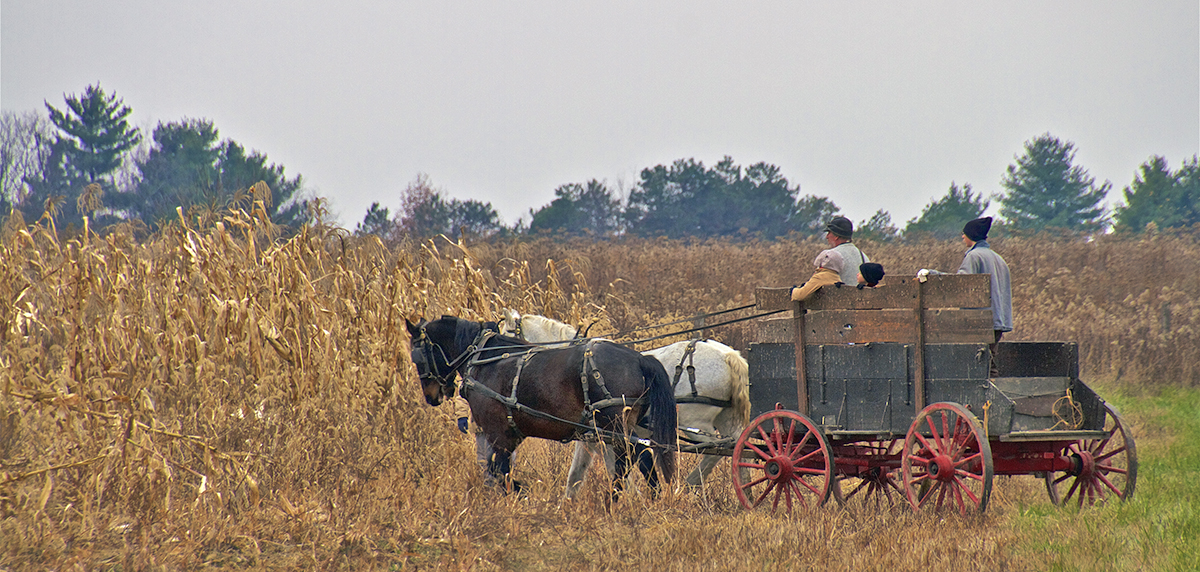
While some of these historic elements stand out by themselves, like 14-foot-tall corn grown for animal feed, others do not. However, the accumulation of all these little elements together often make a real connection with the visitors. “Hello, do you know your way around?” is Ann’s standard greeting. While there are always first-time guests, many people visit multiple times, not only throughout the year, but year after year after year after year and some, who after many years, have now returned with their children or grandchildren.
Ann has often included in her introductions to visitors that “Nothing great happened here and no one famous lived here,” which is why Slate Run Living Historical Farm is important. The story told at the Farm is that of the average person. Each of us has a story, each of those stories contribute to the history of our family, community and nation. She often reminds school groups that they are part of history also. Our own histories are often much more mundane and often center around finding a partner and raising a family. On an 1880s farm in central Ohio that meant caring for the animals and raising crops just like farmers today. However, there are many fewer farmers today than in the 1880s.
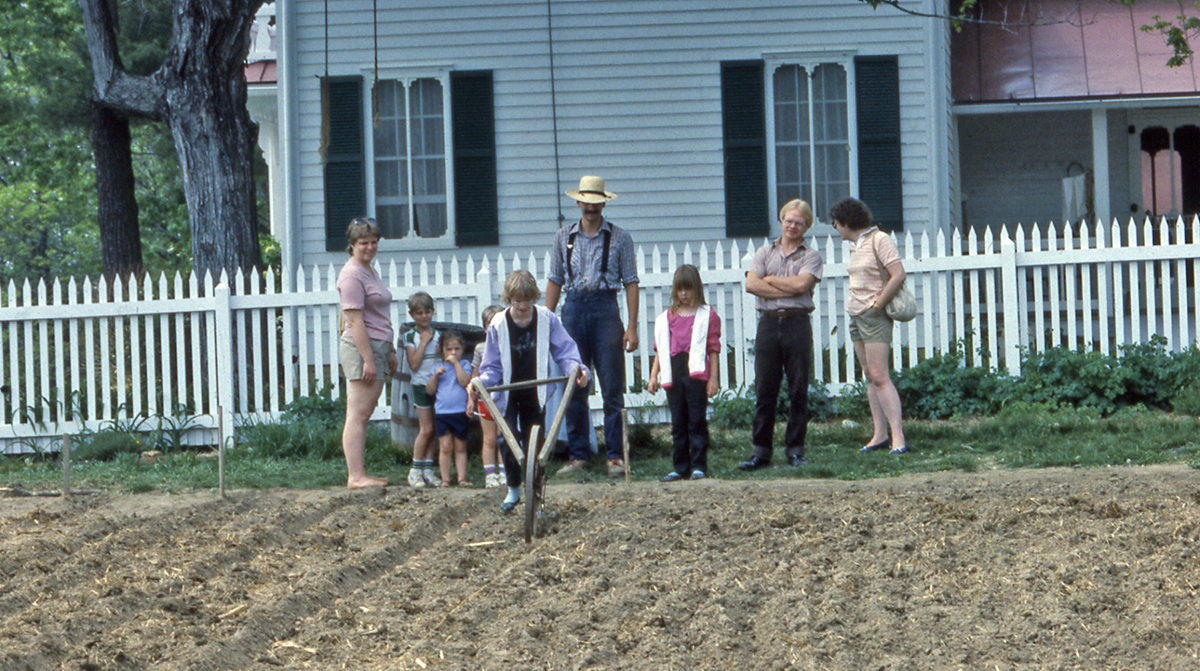
My first interaction with Ann was during an interview where she asked me to interpret an ear of corn. Corn. While I now know why my answer was woefully incomplete, I eventually did get the job. This along with wheat were the main crops of the time, providing income and food, and occupied a main portion of the time on the farm. Consequently, I now find myself talking about corn a lot. We’re always getting ready to plant corn, cultivate corn, or harvest corn. While there is a steep learning curve for many of the skills needed, there’s always something new to discover in the past which often puts the present in perspective.
History is all inclusive for Ann and her family. She met her husband Jamie Bliven when they both worked at a farm museum in Maine. The couple even got married in 1880s fashion. Jamie occasionally comes out to volunteer, but his real job is 30 years as a curator at Ross County Historical Society. Their children Judah and Kate, now 26 and 29, occasionally came out and join in the farm family portrayal. They now acknowledge to their friends that their parents are just cosplayers.
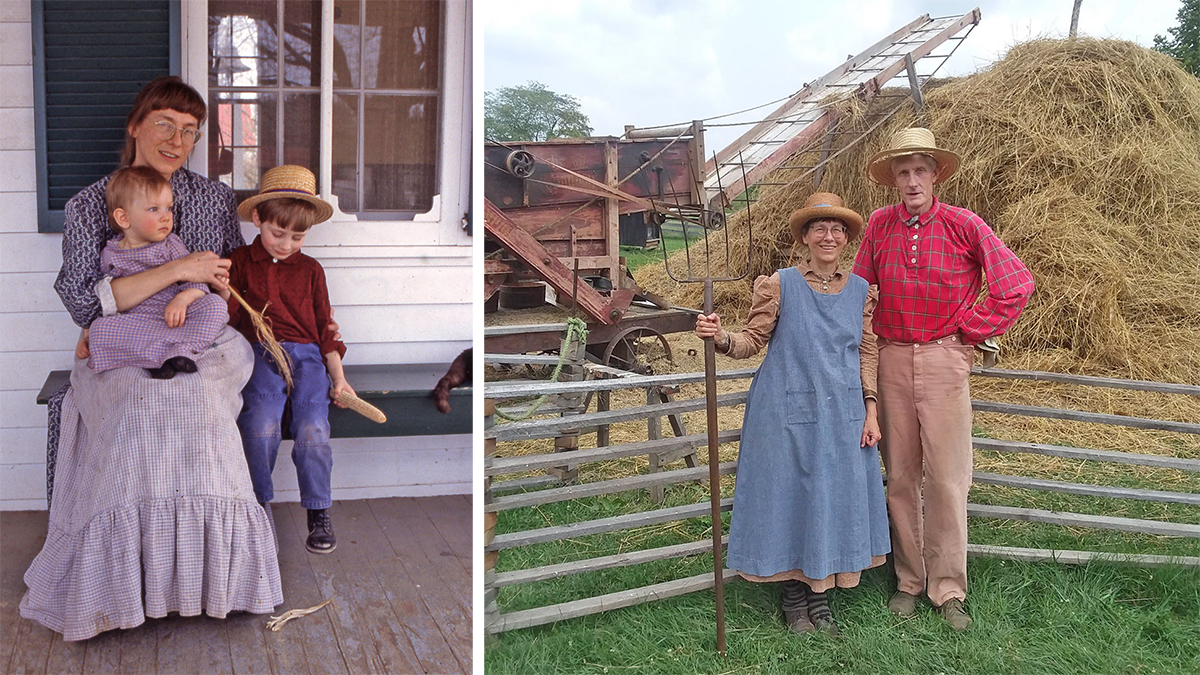
For many visitors Slate Run Living Historical Farm has come to be their “family farm,” their connection to learning about food, animals, the outdoors, work and play, all aspects of life now and then. The feeling of farm family is true for many of the volunteers and staff also. Sheep shearing, threshing, butchering, snapping beans and stitching a quilt, all work true to the era, maintains a connection among those who have helped out on the farm through the years. Over the years Ann’s commitment to historical education has fostered a sense of community, even family, not only among former staff and volunteers, but visitors as well.
We wish Ann well in retirement. She has books to read, tea to drink, gardens to tend, cemeteries to explore, service dog puppies to raise (number seven arrives soon), and so much more history to explore and learn from.
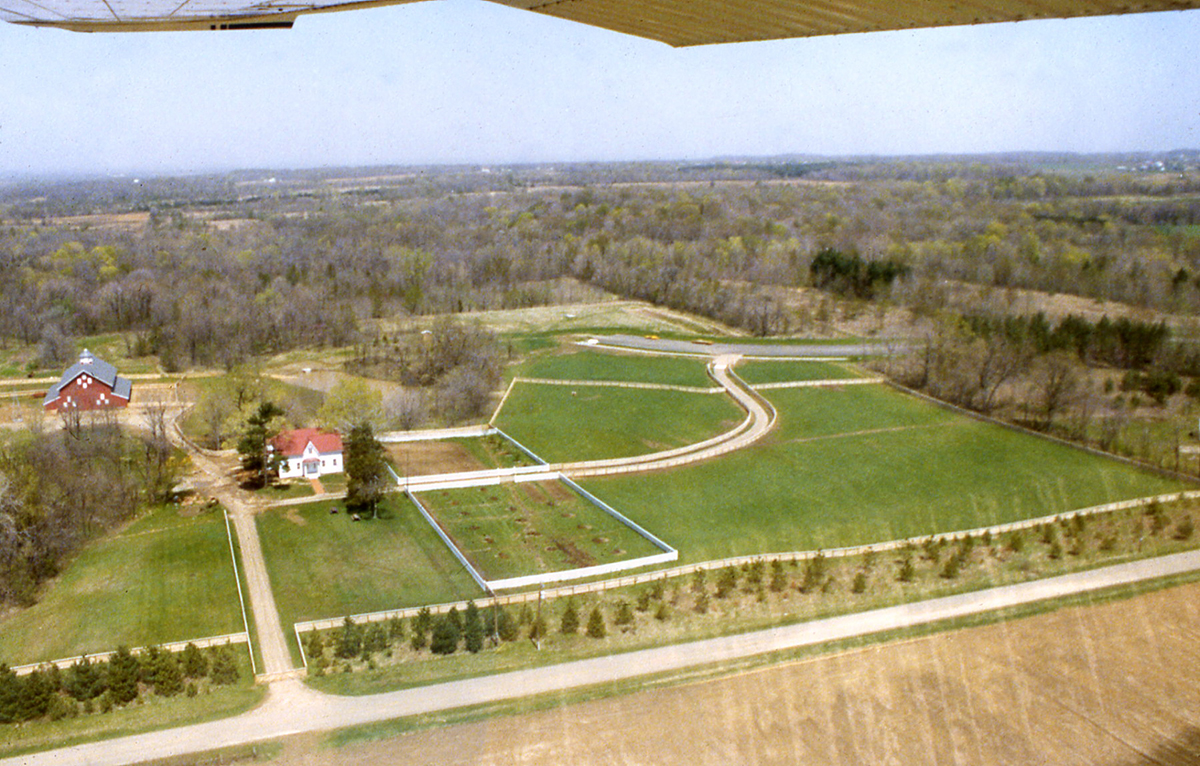
PARK HISTORIES – THE STORY OF SLATE RUN (park and farm)

Goodbye Ann. We’ll miss you.
Ann, Wow , does this article take me back! Over 35 years, your contribution to the local cultural history cannot be overstated. Congratulations on your retirement. You certainly deserve it. Bob Blanke
I love this farm. Congratulations Ann. A well written piece!
Thanks Ann, for all of your hard work and dedication to the education of our young people thru all of your years of work at Slate Run.
Thank you for such a wonderful times down on the farm. Healthy retirement to you!
What an important gift you’ve given generations of families…but most importantly the children who will carry an appreciation of the land and the origins of their food! Thank you for your longtime service to the Metro Parks & Columbus. Now, go put your feet up!
Congratulations Ann on a retirement well deserved.his article really helped me more fully understand and appreciate your contributions
We started visiting Skate Run Farm when there was an entry charge… This farm was new and intriguing when we had our child; we’ve hoed, picked crops, watched our child’s dad harvest and partake of the bounty, watched animals be added, played with the “toys”, learned 1880’a cooking. Seems we owe a lot to Ann. Happy retirement?
It was sure nice working with you on and off, comparing volunteer insights and the advantages and disadvantages of being the atypical facilities in a park system. Enjoy your days in regular clothes and keep on growing those vegetables. Congratulations
Thank You! Congratulations on your retirement! Here’s to 35 amazing years, and wishing you many happy years of retirement ahead!